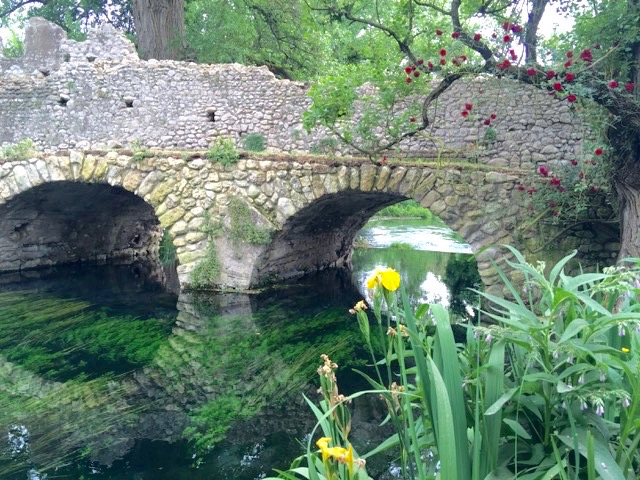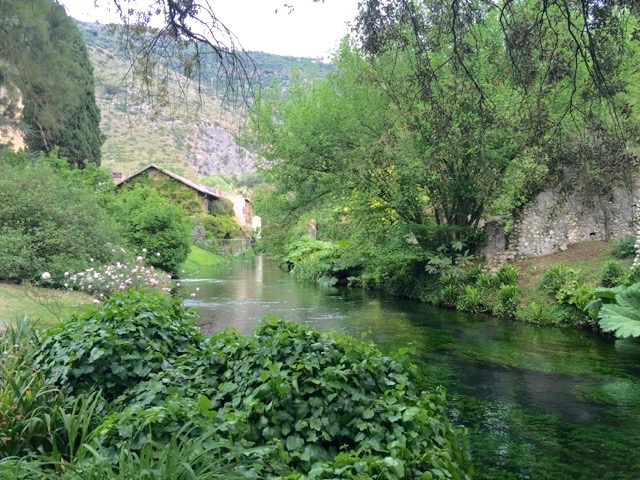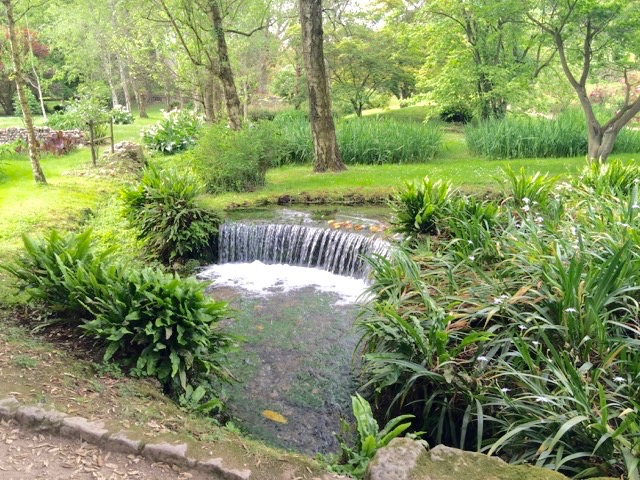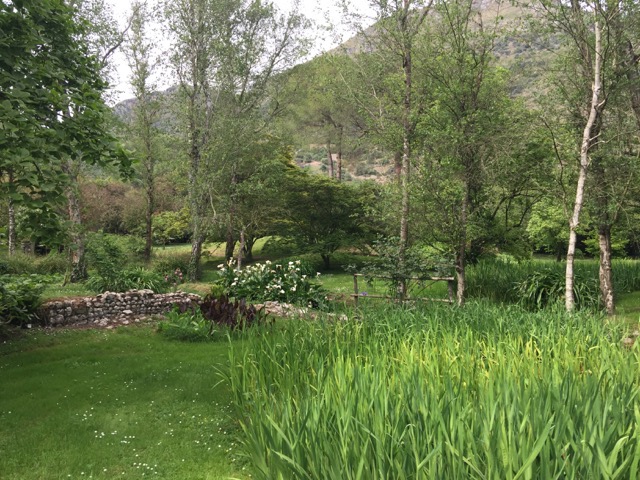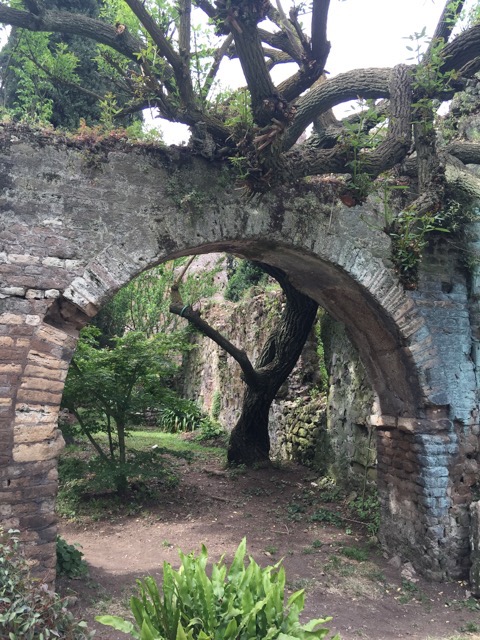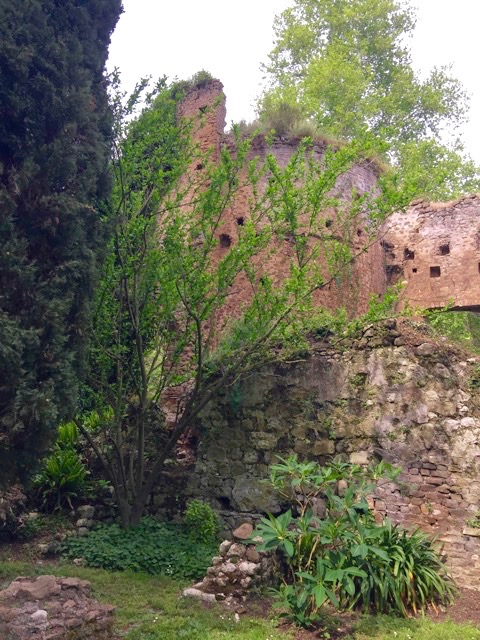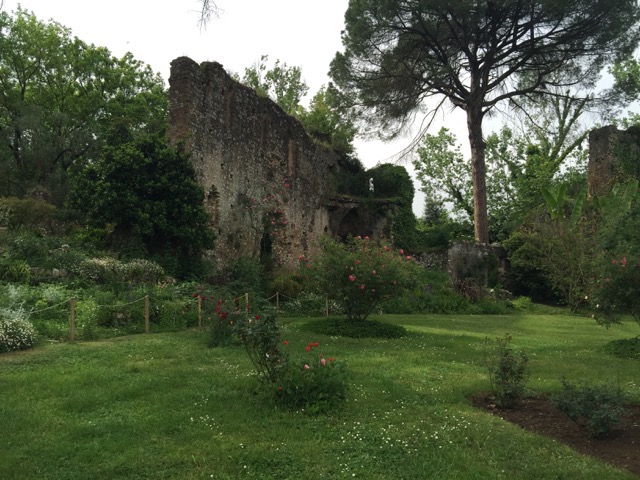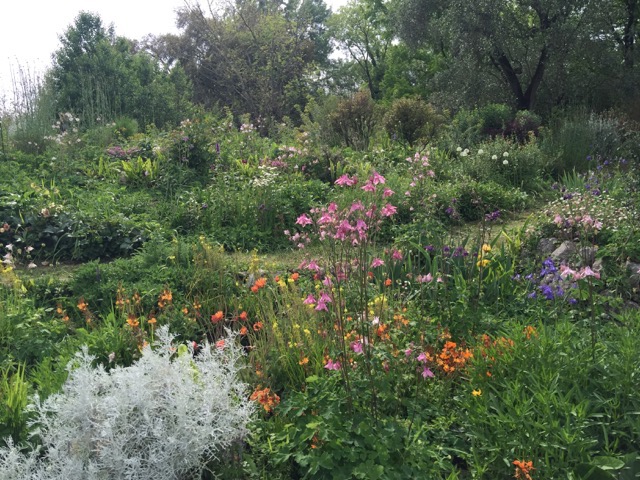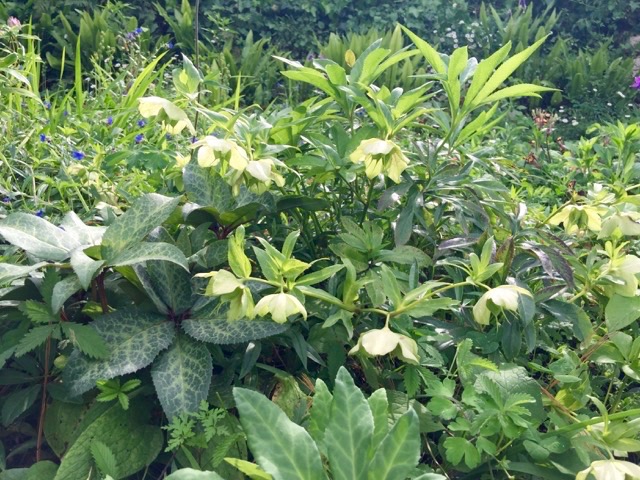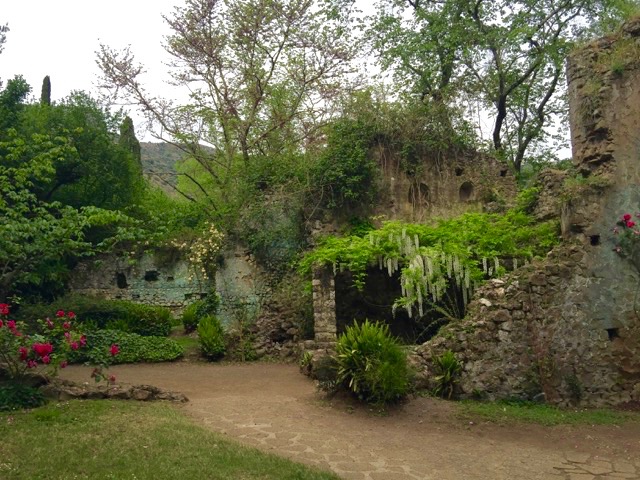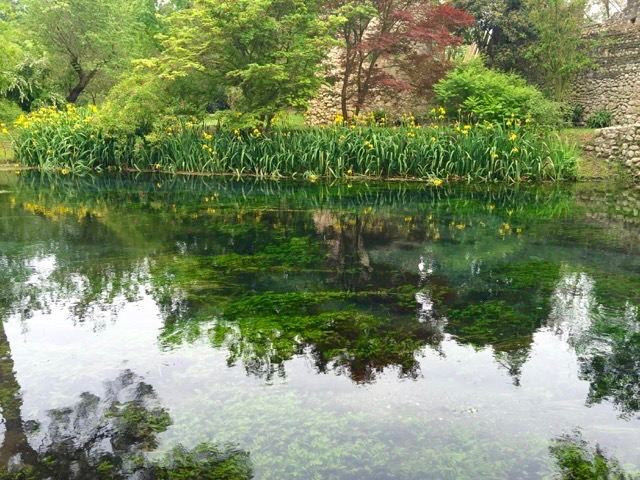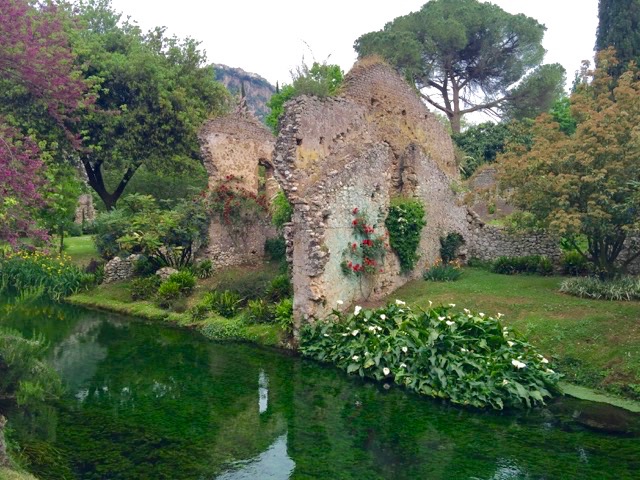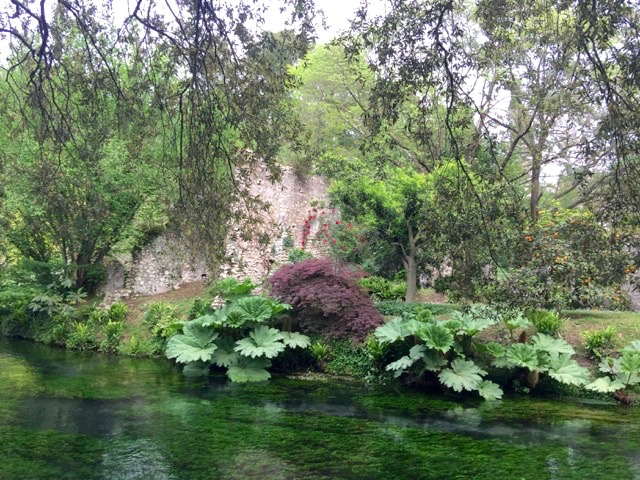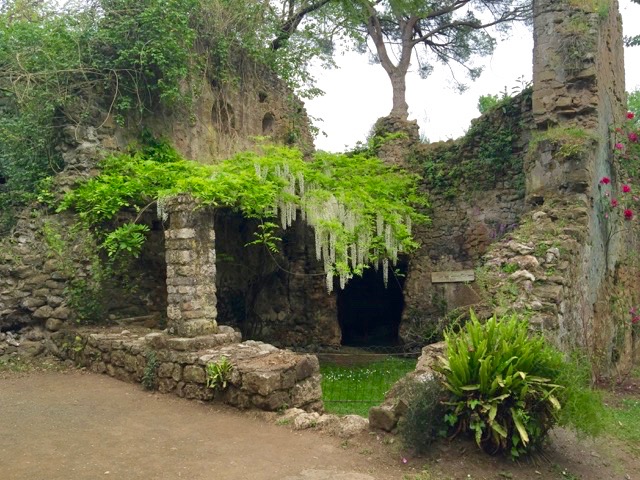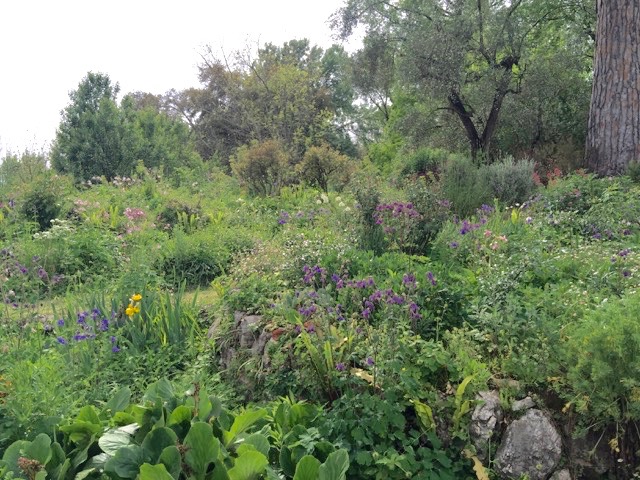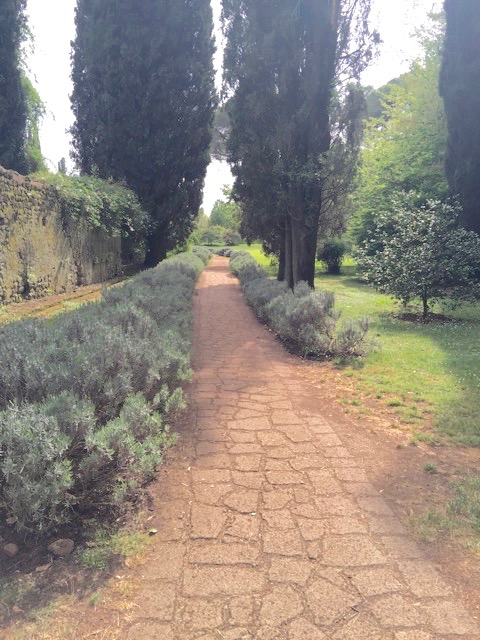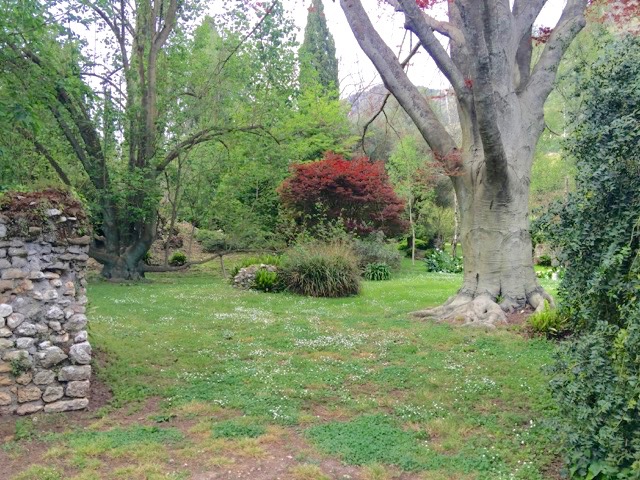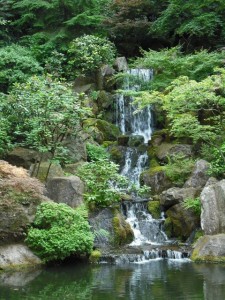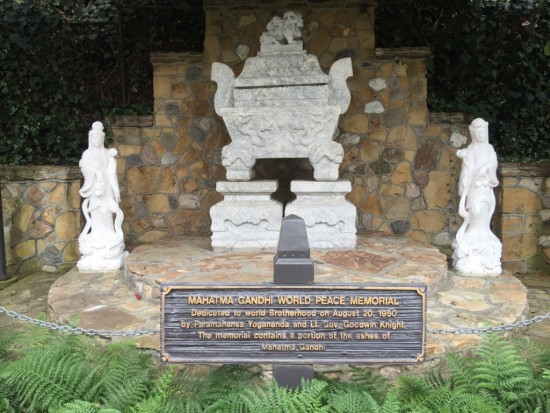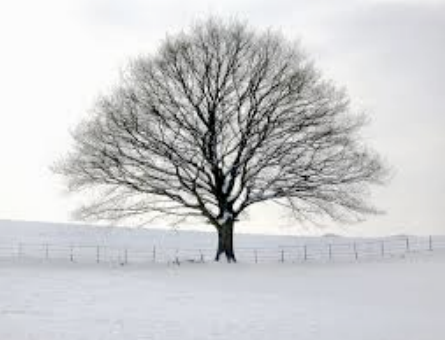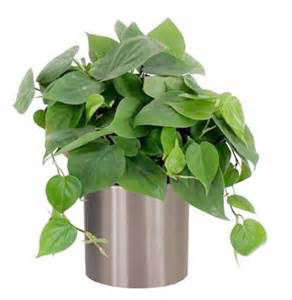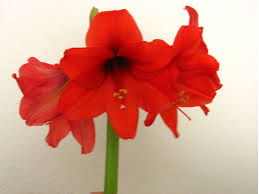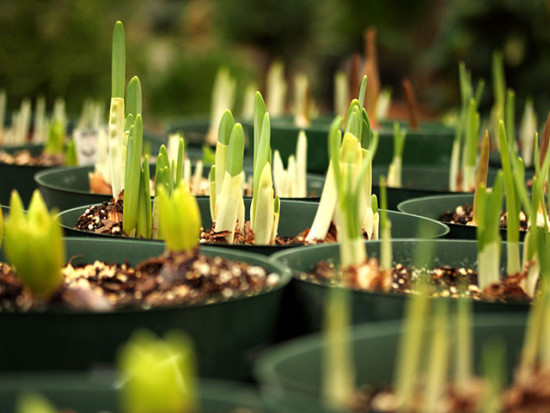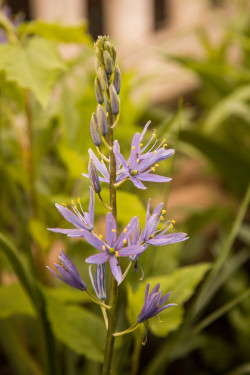 What are your wishes, hopes and dreams for this new year? Whatever we want to invite into our lives, we set the stage by becoming mindful about our thoughts, words and deeds and living intentionally.
What are your wishes, hopes and dreams for this new year? Whatever we want to invite into our lives, we set the stage by becoming mindful about our thoughts, words and deeds and living intentionally.
Being intentional is really about purposefully putting one foot in front of the other as we walk on our path. Instead of allowing the winds of change and the drama of life to sweep us up and move us forward, being reactive, we become present, purposeful and proactive in all aspects of our lives. We live life on purpose and in alignment.
This takes setting aside some personal time for contemplative reflection to discern what’s working well in your life, what’s not working so well and what is the one thing that you need to change. I like to invite my coaching and spiritual direction clients to jot their insights down in a journal. Just like tending the soil in a garden, journaling allows us to tend our inner garden. Their ideas and thoughts about what needs to be focused on to create a more aligned lifestyle is sowing the seeds of intentionality in our internal garden space.
Just as your outdoor garden requires tender loving care, water and sunshine to produce flowers and vegetables, our inner gardens require nurturing as well. By regularly examining if we are aligning what we believe with what we say and what we do, (Buddhists call this “Right Action“) we can discover:
- Which areas of our lives gently need to be corrected
- Which areas of our internal garden need to be staked up
- Which areas need to be weeded
- Which areas need to be replanted to bear better fruit
- What we need to do differently moment by moment by moment to live our lives in a present and purposeful way
Take up your internal garden trowel, grab your journal and contemplatively dig around a little bit at your interior spaces. Take a good look at what gets stirred up and what you want to do differently as a result. What do you want more of? What are the things you need to pluck out? What is getting in your way of being your best version of your best self, being happy, healthy and abundant? What do you need to purposefully and proactively change? The rewards and benefits of living a life of intentionality and fulfilling your potentiality are immense.
© Rita Perea, 2018. All rights reserved.


